The Most Fabulous Follies Across Yorkshire

Living North search for the most fabulous follies to find in Yorkshire
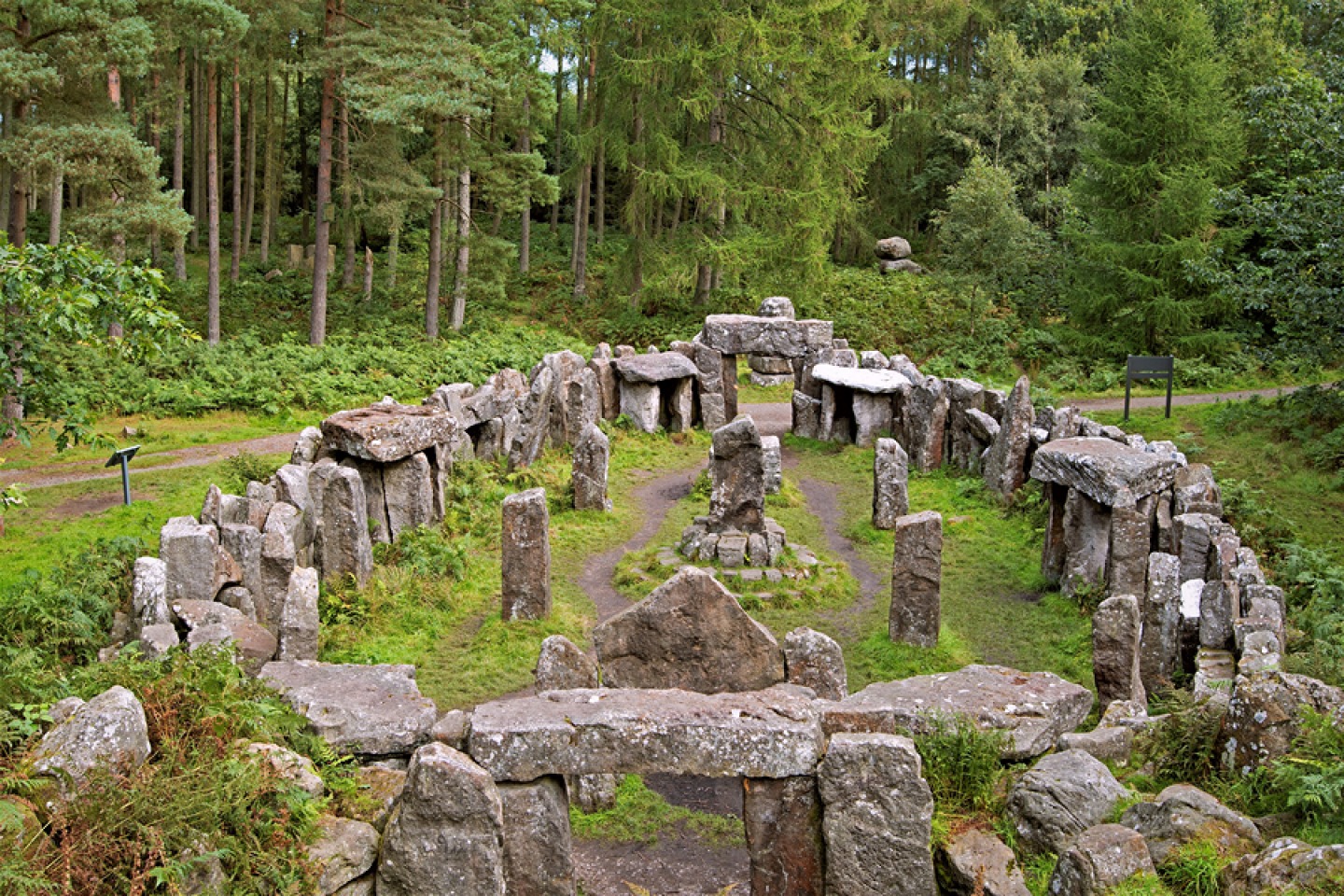

Druid’s Temple
If you go down to the woods at Swinton Bivouac, you’re sure of a big surprise. Steeped in history, it’s home to the Druid’s Temple – inspired by Stonehenge with two large stone circles, an altar, sacrificial stone and a tomb. There are also numerous stone formations dotted around the woodland for walkers to discover. If you follow the path from the temple, you’ll reach the Druid’s Viewpoint with stunning views over Leighton Reservoir. While little is known about this folly’s construction, it’s believed to have been built in the late 1700s by former Sheriff of Yorkshire, William Danby, who owned the land. While myths tell tales of devil worship and after-dark frights, we can confirm the Druid’s Temple is a great place for a family picnic.
Swinton Bivouac, Masham
Roundhay Castle
Don’t be fooled! This castle is not actually a castle. Designed and built by craftsman George Nettleton in 1821 for Thomas Nicholson (the owner of Roundhay Park). Roundhay Castle is simply an ornamental feature – although it does deliberately resemble a castle ruin with its squat towers, central arch and cross passage. It was apparently built to entertain the Nicholson family at that time. The folly has been restored over the years and today it’s cared for by the Friends of Roundhay Park. Find it at the head of Waterloo Lake.
Roundhay Park, Leeds
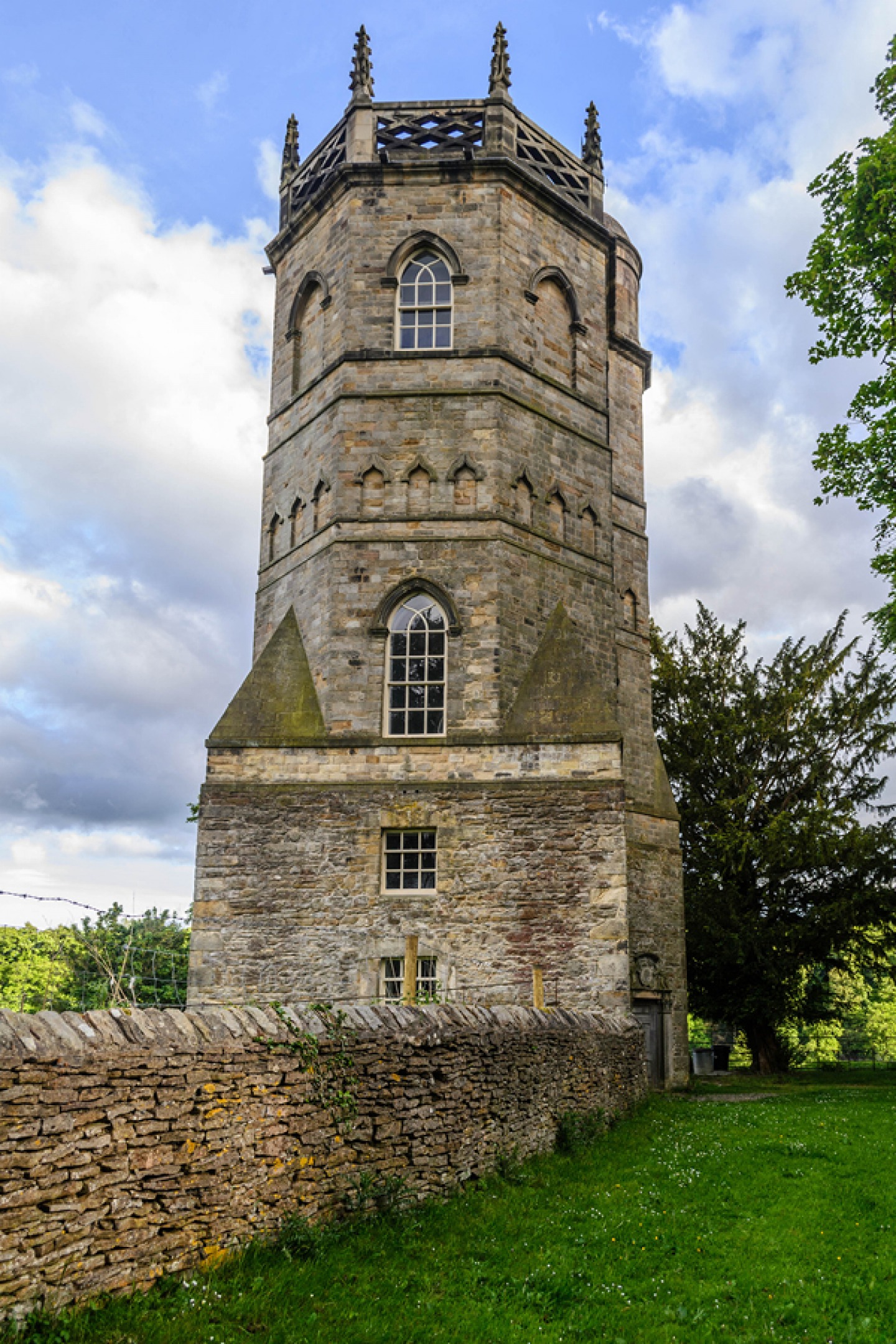
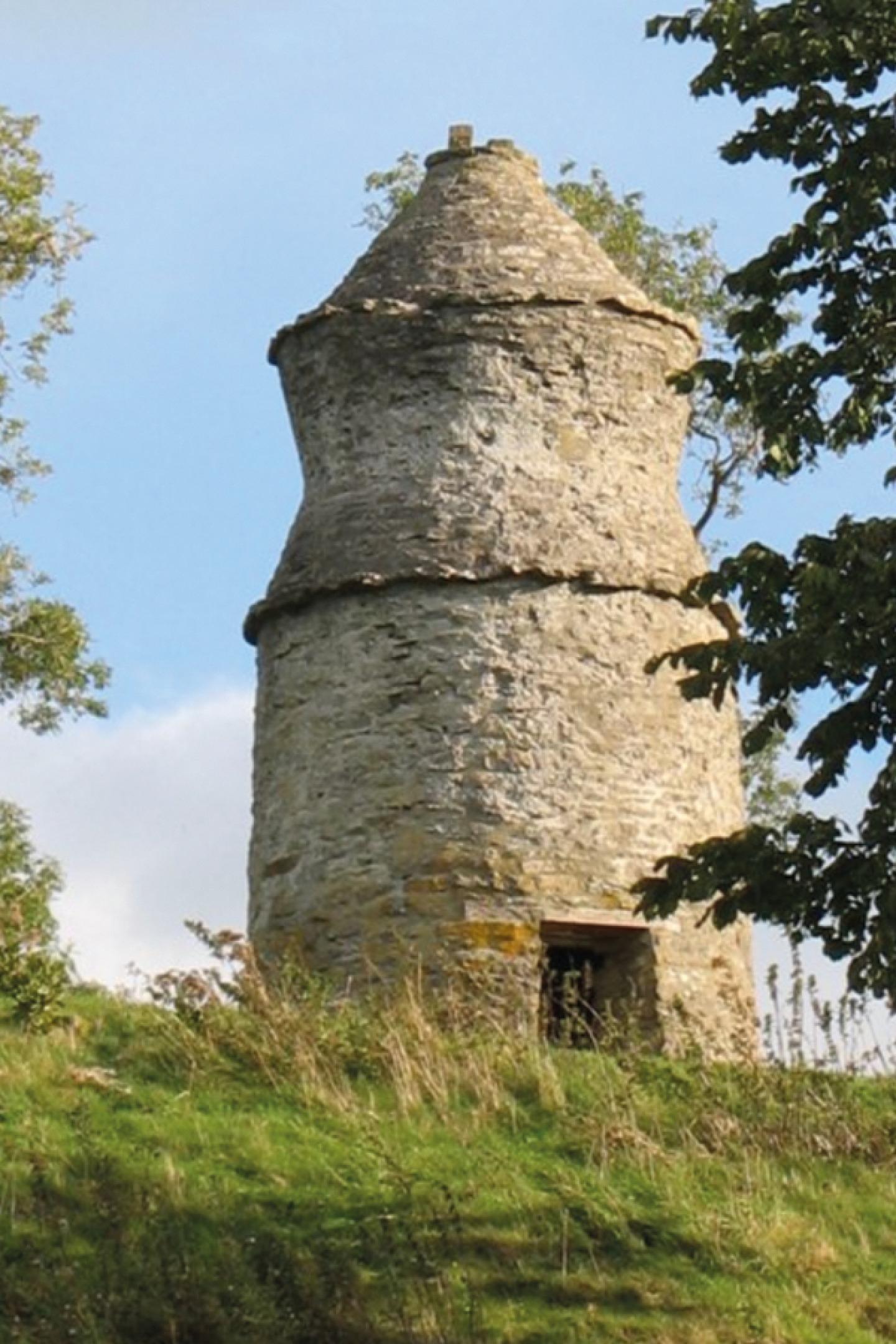
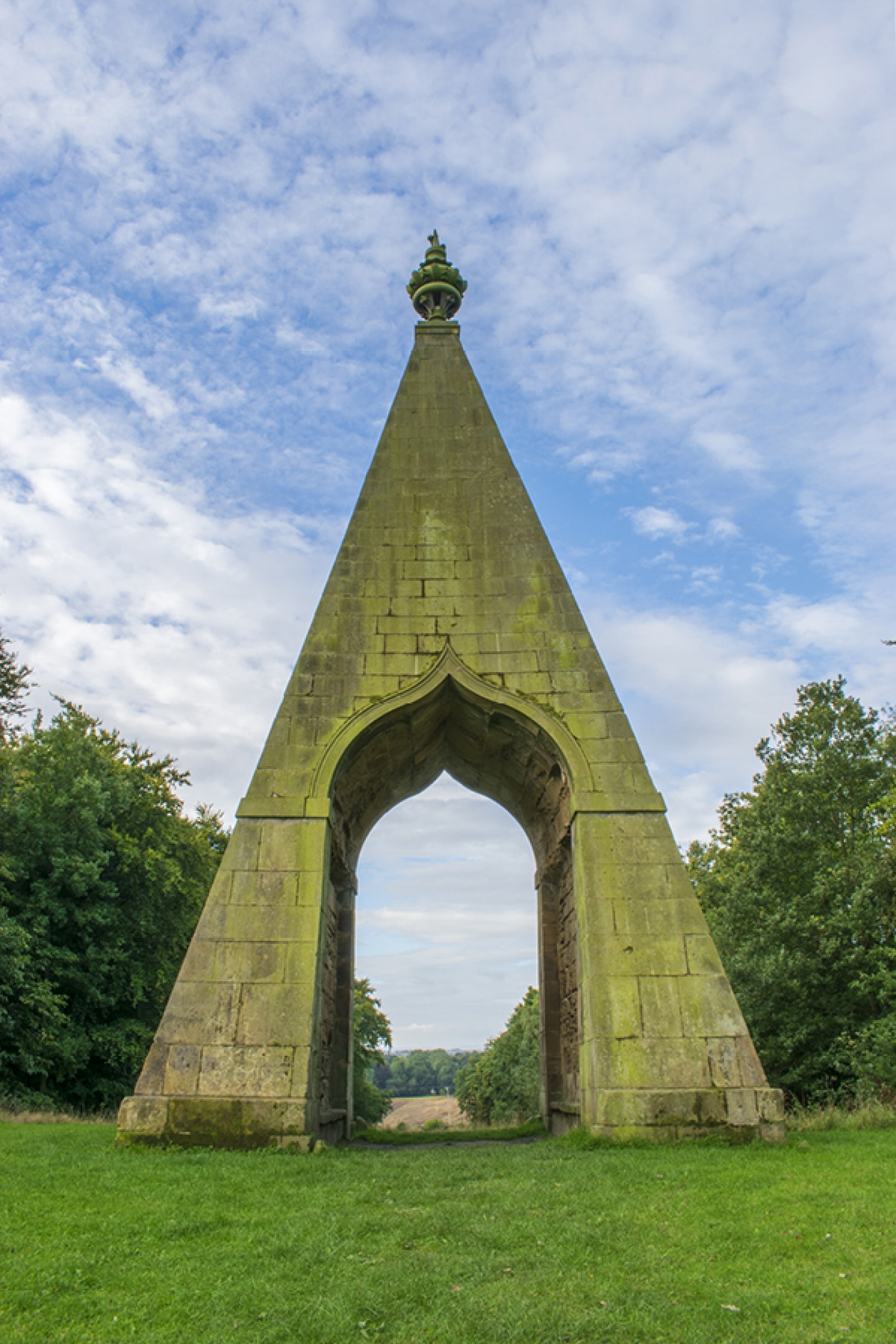
Culloden Tower
Also known as the Cumberland Temple, the Culloden Tower (named after the Battle of Culloden) is believed to have been built by architect Daniel Garrett in the 1740s on the estate of John Yorke MP in Richmond. The tower is octagonal on a square base (likely the foundations of an earlier pele tower), and consists of four storeys with a spiral staircase and a roof terrace. Inside, there are two main rooms with both Gothic and classic decoration. When Yorke House was demolished in the 19th century, the tower was left alone and later rescued from vandalism in 1981 by The Landmark Trust. Now fully restored, it’s a holiday let, offering visitors to the area an unusual home-from-home.
1 Cravengate, Richmond
The Rocket Ship & The Pepper Pot
Only in Yorkshire can you ‘board’ a rocket ship and enjoy incredible rural views across the Dales, then spot a giant pepper pot. These stone follies overlook Sorrelsykes Park Hall and it’s assumed an owner of the estate had them built for their own entertainment – but the fun of follies means little is known about when or why. There’s a third folly that accompanies these unusual-shaped structures (which is referred to as a gate but actually looks like a guillotine if you ask us). There used to be a fourth but it was removed from the landscape after falling into ruin.
Sorrelsykes, near Aysgarth
Needle’s Eye
Now a Grade II*-listed building, the pyramid-shaped, 14-metre tall Needle’s Eye is one of various follies within Wentworth Woodhouse’s parkland, and potentially the first to have been built in the grounds. Supposedly, Charles Watson-Wentworth (the second Marquess of Rockingham) claimed he could ‘drive a coach and horses through an eye of a needle’ and to prove it, the Needle’s Eye was built in the mid-late 18th century. Another local legend claims guiding a horse and trap through the arch was a right of passage for young apprentices in the stable yard. Visitors to Wentworth Woodhouse today can find the Needle’s Eye sitting between two disused horse and carriage paths, and it’s a great place for photos when you pose in the centre.
Wentworth Woodhouse, Rotherham
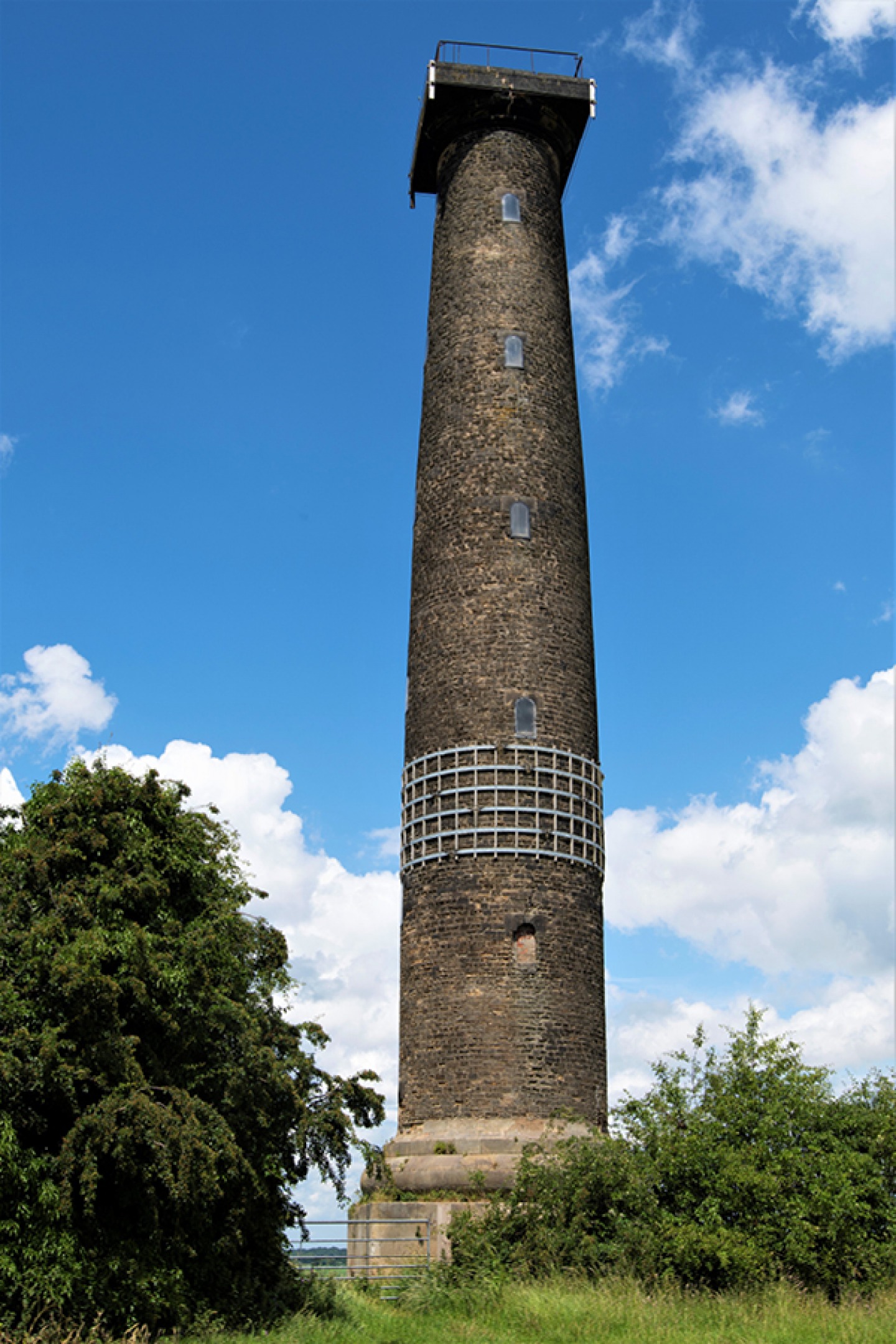

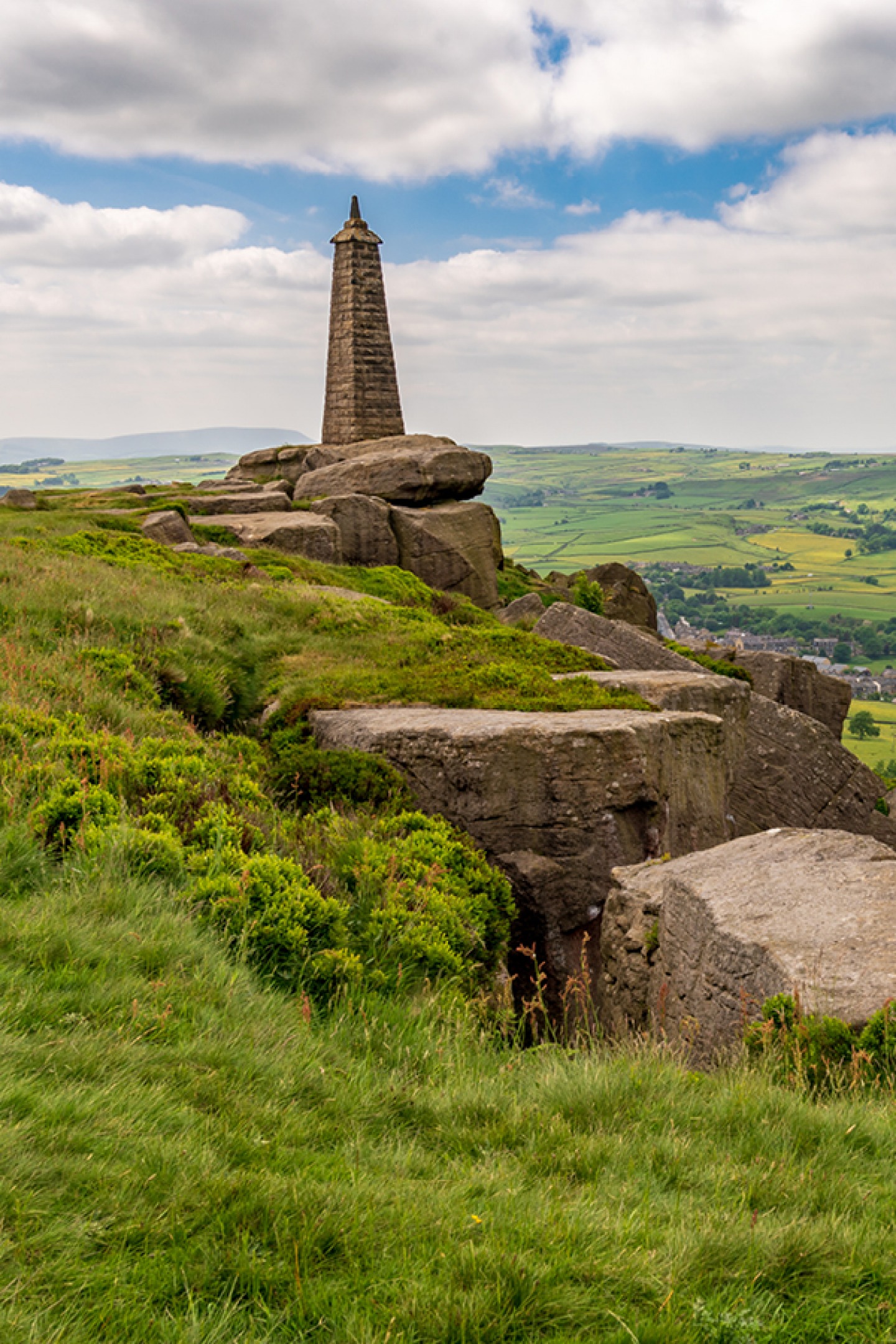
Keppel’s Column
This folly towers over the rest at Wentworth Woodhouse. Designed by John Carr, Keppel’s Column was commissioned in 1773 by Charles Watson-Wentworth to commemorate the acquittal of Admiral Augustus Keppel following the Battle of Ushant. Keppel’s Column stands 115 feet high, offering visitors the chance to enjoy impressive views from the top. There’s a spiral staircase inside and the column is now a Grade II*-listed building. It was reopened in 2022 (having been closed since the 1960s due to its previously derelict state).
Wentworth Woodhouse, Rotherham
Bettison's Folly
Also known as Bettison's Tower and the Forgotten Folly, this curious 'treacle'-brick folly was built between 1829 and 1853 by William Bettison, a Hull-based brewer, in his garden. A flag pole was used to convey messages at one point and during the Second World War the tower was an air raid look-out and had a siren. Now a Grade II-listed building, it's a surprising sight to visitors to a housing estate off Willows Drive and is rarely open to the public.
The Willows, Hornsea
Lund’s Tower & Wainman’s Pinnacle
Industrialist James Lund commissioned R. B. Broster & Sons to design Lund’s Tower and it was built in 1887. No one quite knows why this folly was built but some say it was to celebrate the 21st birthday of Lund’s daughter Ethel, while others believe it was to commemorate Queen Victoria’s golden jubilee. Built in 1898 on Earl Crag as a memorial to those lost in the Napoleonic Wars, Wainman’s Pinnacle is also thought to have been designed by R. B. Broster & Sons, then rebuilt in 1900 following a lightning strike. It’s referred to by locals as the ‘Cowling Pinnacle’ or ‘The Salt Pot’ (with folly Lund’s Tower being ‘The Pepper Pot’). Both of these follies are Grade II-listed and it’s worth visiting both – the view of the Aire Valley from the hill is breathtaking.
Dick Lane, Cowling
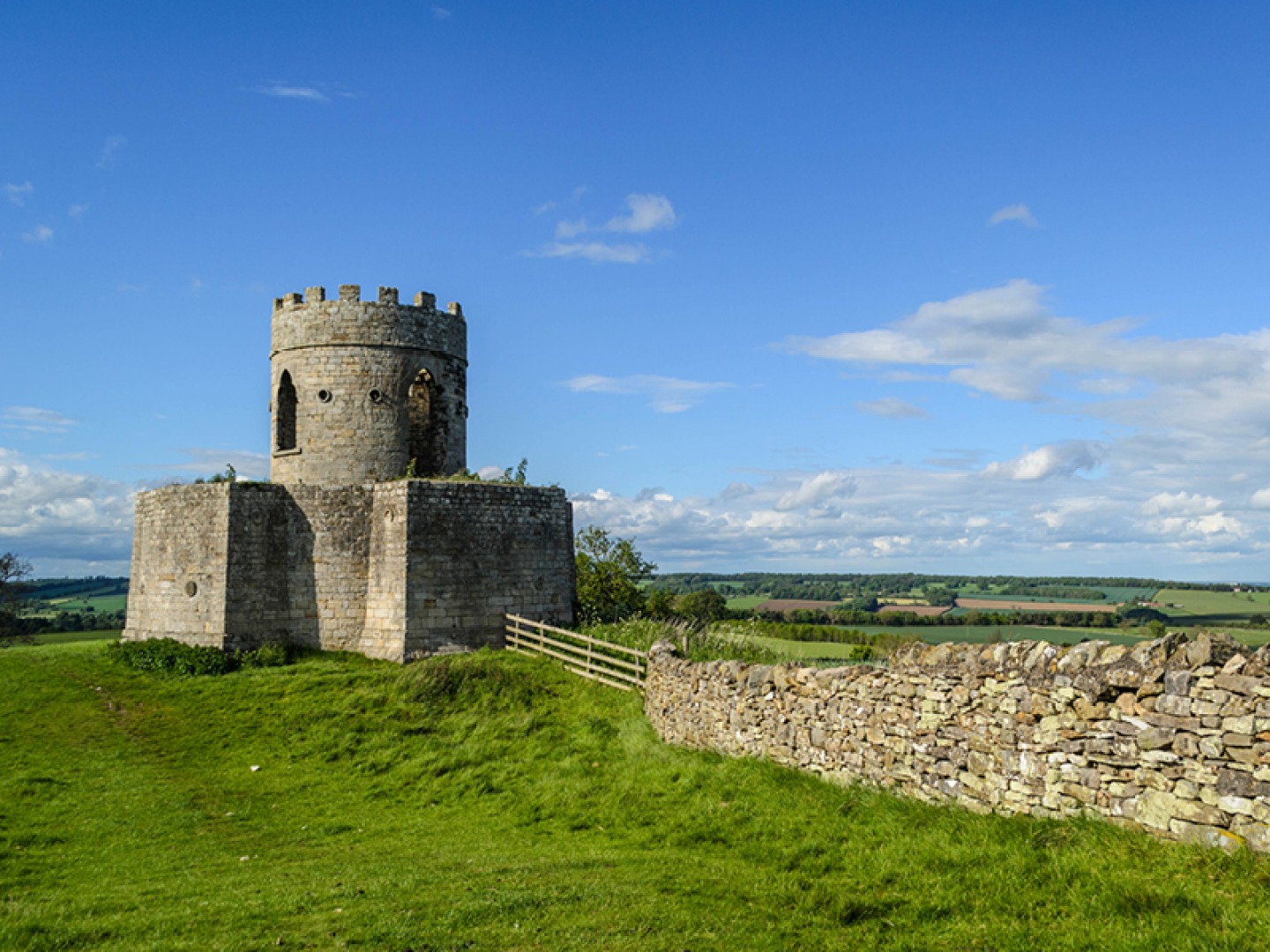
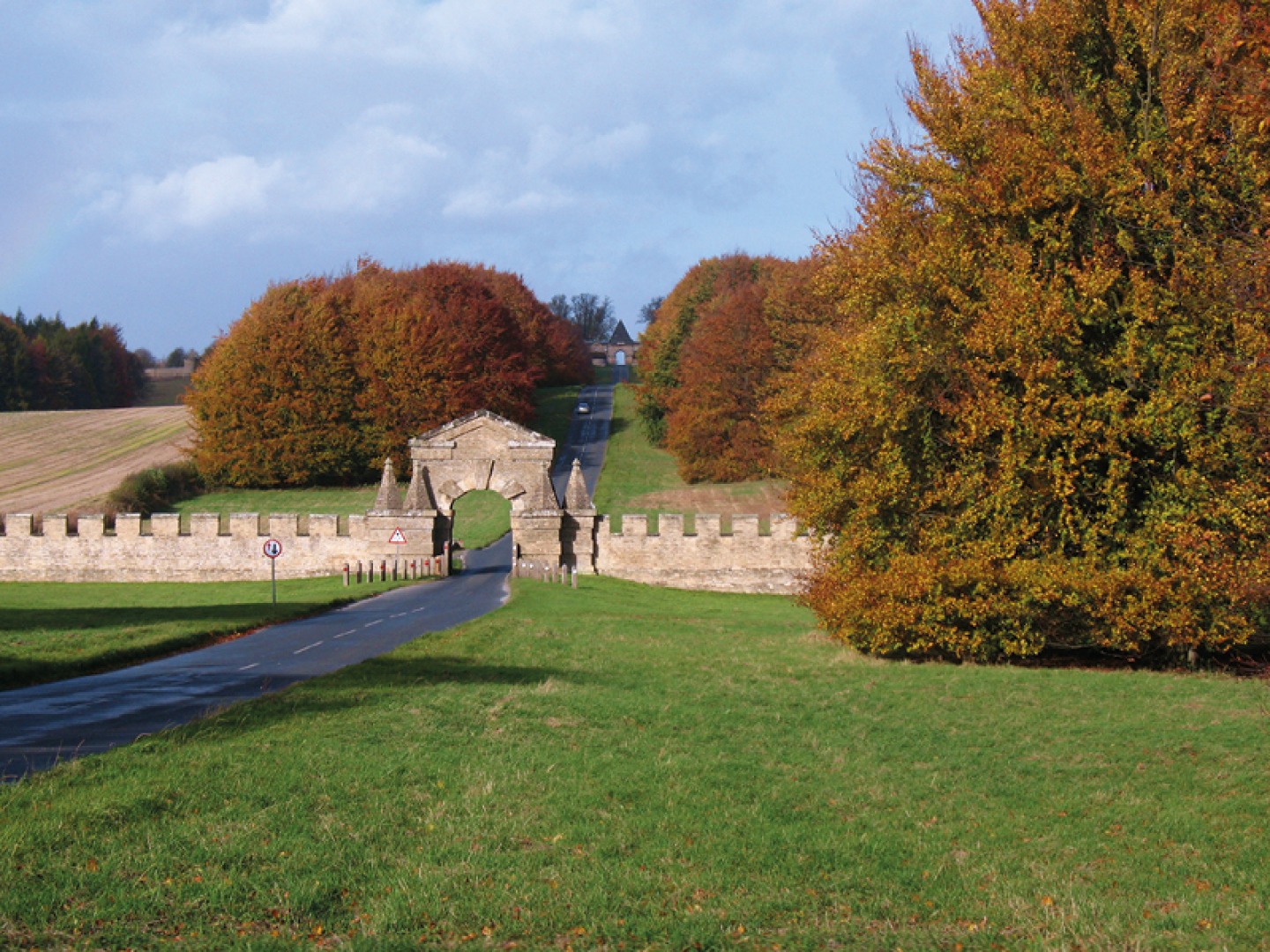
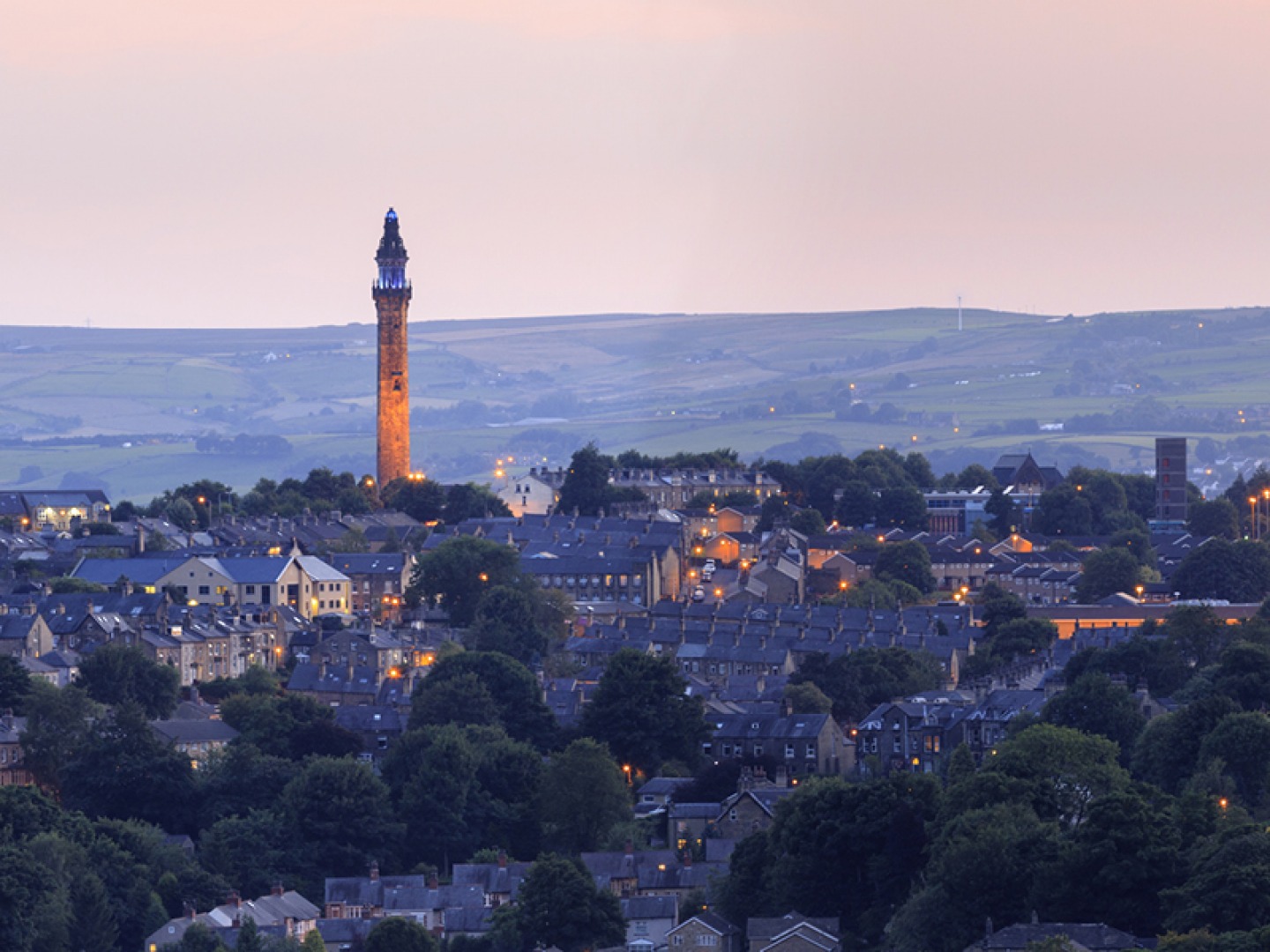
Oliver Duckett
Allegedly built with repurposed stones from Richmond Castle in around 1760, no one really knows why this monument with its circular tower and faux gunloops was built, or who it’s named after. Some say it was a lookout point for Oliver Cromwell’s forces, others say Robin Hood took refuge here, and it could be that it was named after the last watchman stationed there. However it’s likely its name actually comes from the area where the tower stands, with historic maps showing an ‘Oliver’ hamlet. Historic drawings also hint that this folly might’ve had a third storey which no longer exists. All we do really know is it’s a fascinating structure to explore within the Aske Hall estate.
Aske Hall, Aske
Carrmire Gate
This theatrical limestone folly complete with towers and flanking walls was constructed in 1725 to a design by Nicholas Hawksmoor on the road leading to Castle Howard. It’s the first of many interesting structures visitors to the estate can marvel at, followed by the pretty Pyramid Gate by John Vanbrugh and The Temple of the Four Winds, but was the last to be built. It has been Grade I-listed since 1954.
Castle Howard, York
Wainhouse Tower
At an impressive 275 feet, Wainhouse Tower is the tallest folly in the world. It was erected in the 1870s and is now a Grade II*-listed building. If you’re brave (and fit) enough to take the 369 steps to the viewing gallery at the top, the views across Halifax are well worth the climb. The tower was originally commissioned by John Edward Wainhouse as a chimney for the local dye works and it was built using locally quarried stone. It was never actually used for that purpose, but became the subject of a long-standing feud between John and land-owning neighbour Sir Henry Edwards. The Tower was used by the military as an observation post during the Second World War. It has since been restored and remains an iconic Yorkshire tourist attraction.
9 Wakefield Gate, Halifax










